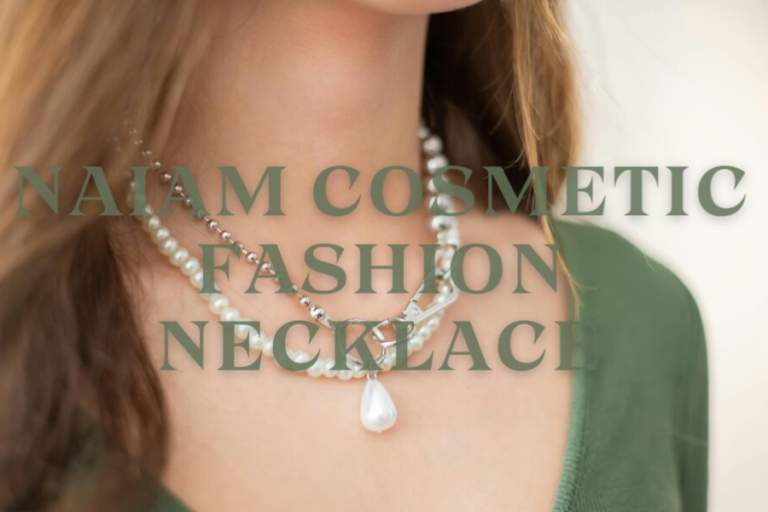Arousing Suspicion NYT Crossword Clue & Final Answer
The New York Times Crossword Puzzle is a beloved ritual for many. Each week, puzzle enthusiasts gather around their tables, armed with pencils and a thirst for knowledge. It involves more than just checking boxes; it also involves deciphering hints that test our wit and knowledge. Among the myriad of clues lies one particularly intriguing entry: “arousing suspicion.” This phrase often leads players down a winding path of words and meanings. But what does it really hint at? As we dive deeper into this clue’s significance within the NYT articles, we’ll uncover layers of meaning that extend beyond mere crossword puzzles. Join us as we explore what makes “arousing suspicion” such an essential piece of the puzzle—both on paper and in discussions!
The New York Times Crossword Puzzle: A Time-Honored Tradition
For many, the New York Times Crossword Puzzle is more than just a pastime; it’s a cherished tradition that has been a staple of American culture for nearly a century. The puzzle, first introduced in 1942, has grown to become a daily ritual for millions of readers. What sets the New York Times Crossword apart is its ability to blend entertainment with education. Each puzzle is meticulously crafted, challenging players to think critically and expand their vocabulary.
Every clue in the crossword is a small piece of a larger picture, and solving them is akin to piecing together a complex puzzle. The clues are not just simple questions; they are often cleverly worded, requiring solvers to think outside the box. This is especially true for clues like “arousing suspicion,” which can take on multiple meanings depending on the context.
The Clue: Arousing Suspicion NYT
For those who love words, the New York Times Crossword Puzzle universe is like a treasure trove. Each suggestion provided by a clue is like a puzzle that needs to be solved. A fascinating hint that frequently appears is “arousing suspicion.” This sentence piques players’ interest and challenges them to ponder more deeply. Finding synonyms is only one aspect of the problem; another is comprehending tone and context. Your mind starts racing with all the things it could be. Gamers may come up with strange or unusual ideas. Maybe something seems fishy or unreliable? The key is to express skepticism without going overboard with the drama.
Clues like “arousing suspicion” are designed to engage solvers on a deeper level. They encourage players to consider not only the literal meaning of words but also their connotations and how they are used in everyday language. The challenge is to find a word that captures the essence of suspicion without being too obvious or straightforward. This is where the beauty of the New York Times Crossword lies—it makes you think, analyze, and question.
Decoding the Clue: What Does “Arousing Suspicion” Really Mean?
When you come across the clue “arousing suspicion,” it’s important to consider what it implies. The phrase suggests that something isn’t quite right. There’s an element of doubt or mistrust. It’s not necessarily something overtly wrong or illegal, but there’s enough of a hint to make someone wary. It could be a behavior that doesn’t match up with what’s expected, a statement that seems inconsistent, or a situation that doesn’t add up.
In the context of a crossword puzzle, “arousing suspicion” is a clue that encourages solvers to think about words that convey this sense of doubt or unease. Words like “shady,” “dodgy,” “suspicious,” and “questionable” might come to mind. However, the key to solving this clue is to think beyond the obvious and find a word that fits both the definition and the crossword grid.
Common Associations with “Arousing Suspicion”
When people think about things that arouse suspicion, several scenarios come to mind. It could be a person acting nervously, a story that seems too good to be true, or an event that doesn’t align with other known facts. These are the kinds of situations where people might say something “doesn’t feel right” or that “something’s fishy.” The latter phrase, in particular, is a common idiom used to describe situations where things seem off or suspicious.
The phrase “fishy” is often used to describe something that feels wrong or untrustworthy. It’s an informal way of expressing doubt or suspicion. The connection to fishiness likely comes from the idea that something smells off or bad, much like spoiled fish. It’s a colorful, metaphorical way of conveying suspicion.
Final Answer: The Role of “Fishy” in Arousing Suspicion
Navigating through these layers can lead to surprising answers, one of which is simply “fishy.” This term encapsulates the very notion of suspicion—when something seems amiss in an otherwise calm sea. Each crossword interaction becomes more than just filling blanks; it’s an exploration into language itself.
When it comes to cracking the New York Times crossword puzzle, some clues can be tricky and require a bit of lateral thinking. The clue “arousing suspicion” is one example that might leave solvers scratching their heads. The final answer to this intriguing clue is “fishy.” This term perfectly encapsulates that sense of doubt or unease about something that doesn’t quite add up. It’s often used in everyday conversation when we suspect something isn’t right, whether it’s in a story someone tells us or a situation unfolding around us.
The Cultural Significance of “Fishy”
The use of the word “fishy” to describe suspicion has roots in everyday language. It’s a colloquial term that has been around for decades, used by people of all backgrounds to express doubt or mistrust. The term’s widespread use speaks to its effectiveness in conveying a sense of unease. When something is described as “fishy,” it immediately paints a picture of something that’s not quite right, even if it’s not immediately clear what the problem is.
In the context of the New York Times Crossword Puzzle, using “fishy” as an answer to the clue “arousing suspicion” showcases the puzzle’s ability to blend everyday language with more formal or traditional vocabulary. It reflects the puzzle’s accessibility and its appeal to a broad audience. The use of such terms helps bridge the gap between casual solvers and more serious crossword enthusiasts, making the puzzle both challenging and relatable.
Why “Fishy” Is the Perfect Fit
“Fishy” is the perfect fit for the clue “arousing suspicion” because it captures the essence of doubt in a single, easy-to-understand word. It’s informal yet effective, simple yet descriptive. The use of “fishy” also highlights the New York Times Crossword’s clever use of language, demonstrating how even everyday terms can carry significant weight and meaning within the context of a puzzle.
The clue and its answer also emphasize the importance of intuition in solving crossword puzzles. Sometimes, the answer is not about knowing a complex or obscure word but about recognizing the right word that fits both the definition and the context. “Fishy” is a word that feels right in the context of suspicion, making it a satisfying answer for solvers who enjoy the interplay between language and meaning.
The Art of Crafting Crossword Clues
The clue “arousing suspicion” and its answer, “fishy,” highlight the art of crafting crossword clues. Puzzle creators, known as cruciverbalists, put a great deal of thought into each clue they write. They aim to create clues that are challenging yet fair, ambiguous yet solvable. The goal is to engage solvers in a mental dance, leading them toward the answer without making it too easy or too difficult.
Clues like “arousing suspicion” demonstrate the balance that cruciverbalists strive to achieve. The clue is specific enough to guide solvers toward a particular set of words but open-ended enough to allow for interpretation. The answer “fishy” is satisfying because it feels natural once it’s discovered, yet it’s not so obvious that it takes away the thrill of solving the puzzle.
The Joy of Solving Puzzles
At the heart of every crossword puzzle is the joy of solving. There’s a sense of satisfaction that comes from filling in each square, from seeing the words come together to form a complete picture. The clue “arousing suspicion” and its answer “fishy” are small parts of this larger experience, contributing to the overall sense of achievement and enjoyment that puzzles provide.
Crossword puzzles like those in the New York Times offer a unique blend of challenge and entertainment. They engage the mind, expand vocabulary, and provide a sense of accomplishment. For many, solving the daily crossword is a form of mental exercise, a way to keep the mind sharp and active. It’s a testament to the enduring appeal of crossword puzzles that they continue to captivate and challenge people of all ages.
Conclusion: The Intrigue of “Arousing Suspicion”
In conclusion, the clue “arousing suspicion” in the New York Times Crossword Puzzle is a prime example of the puzzle’s ability to engage, challenge, and entertain. The answer “fishy” perfectly encapsulates the sense of doubt and unease that the clue implies, making it a satisfying solution for solvers. The use of such everyday language in the puzzle highlights its accessibility and appeal, drawing in solvers from all walks of life.
Crossword puzzles are more than just games; they are a celebration of language, a mental exercise, and a source of joy for millions of people. The clue “arousing suspicion” and its answer “fishy” remind us of the fun and intrigue that come with solving puzzles, encouraging us to think critically, question the world around us, and enjoy the simple pleasure of finding the right word. Thus, keep in mind this the next time you come across the term “arousing suspicion” in everyday situations or while working on a New York Times crossword: if something seems off, go with your gut!





